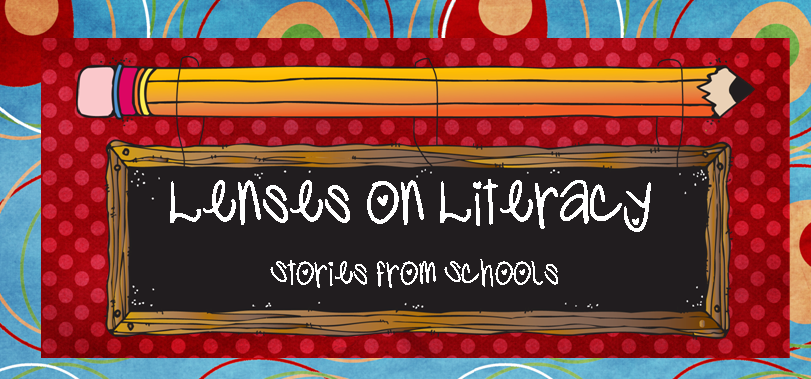Several years ago I worked as a Summer School Literacy Coach. It was my job to train teachers who were going to be working with some of our most striving learners in reading best-practices and then be available to work with them side-by-side in their classrooms throughout the summer. I was new to the district in which I was working and found myself surrounded by many veteran teachers.
Most of the teachers I worked with that summer were quite willing to listen and implement some of the current reading strategies---even if they were coming from a “young teacher”. They had to keep the kids for five hours, and only do reading, so they were hungry for activities that would sustain these youngsters. There was one, however, who made it quite clear to me at the outset that she’d never taught any different for 30 plus years and really had no intention of doing so that summer either.
Prior to starting summer school, we conducted a HUGE literacy center workshop complete with make and take opportunities so teachers had some “tricks” in their bags to help students practice and apply reading skills and strategies. We focused on those centers that regenerate themselves and require little or no effort on the teacher’s part. One of these centers was “Read the Room”, where students use unique pointers to wander about a print-rich classroom and practice reading the walls.
Not too long into our summer adventure, many of the teachers with whom I worked were happily implementing the centers and strategies we discussed in our introductory in-service.
Imagine my surprise when one day I arrived on campus and the “conscientious objector” excitedly pulled me into HER classroom to see her students practicing their literacy skills. Feeling quite proud (and perhaps a bit cocky) that “I had broken through to this staunch critic” I excitedly entered the room. What I saw next, couldn’t have snapped me back to reality any faster.
The children, twenty 2nd graders, were lined up in rows. They all had a basal textbook open on their desk. Their hands were folded neatly on their books. Their eyes were facing the chalkboard and the teacher perched on a stool at the front of the room. Norman Rockwell would have loved this picture, I am sure, as it screamed “turn-of-the-century” American classroom. The teacher excitedly tapped me on the shoulder and said, “See?” I looked in the direction that she pointed and I still found myself questioning just what the commotion was all about.
There, in the corner of her room, I saw one little girl, meekly walking with a large pointer in her hand, mumbling something barely audible to any of the rest of us. The teacher smiled a HUGE “I-did-it” smile and said, “See, I’m doing what you said, we’re reading the room!”
She was so proud that she’d “given in” to one of the strategies we’d suggested. She’s right that ONE child was, I think, reading the room. But she just didn’t get it! One of the key points of the whole in-service was total class engagement. I’m pretty sure she missed that part.
It’s a picture I will never forget. I wanted to tell her “NO! You don’t get it!” I wanted to take over the class and show her how to reach into the emptiness that was on almost every face at every desk. But, you see, she “had a good class”. They were sweet boys and girls who were willing to sit obediently while one child roamed the room trying to read the print. They even obediently raised their hands when the girl was done and asked to be “next”. She thought she “had them” and was doing the right thing.
Let’s face it, “in her day”, that would have been considered a good teacher. She had control. Children were behaving. No one was up and moving around. Had a principal walked into that room 30 years ago, and even in some places today, he or she might have said, “Way to go, Mrs. B!”
I fear that too often we “miss it” though. We miss those opportunities to engage our students…really engage them. Instead, we settle for compliance. And the more I ponder it; the more I really let my mind wrap around it, I am certain that deep learning that lasts is found when the learner is totally engaged. It’s messy. It’s social. It requires kids to take risks. It is not “top-down” but “side-by-side” learning and doing.
It should be the goal of each educator to “go for that place” each and every day with each and every student. I am reminded of the motto of our district at the time this incident took place: “Every Child, Everyday, Whatever it Takes!” What could be more clear than that?


